
Milk-Drop Coronet, 1957
Harold & Esther Edgerton Foundation, courtesy of Palm Press
I believe that every shift I work in Birmingham, I fall a little bit more in love with the Ikon (despite the occasional hung-over stint, ahem). Aside from my recent discovery that staff can order food at the gallery’s sumptuous restaurant for half price at lunchtimes (!) the current exhibition is, in my opinion, a joy. Ikon looks into its past; its’ gradual blossoming into Birmingham’s previously non-existent arts scene during the experimental and politically vigorous years of the 1970s. This includes a rendezvous with not only Ikon’s choice of artists in the seventies but also its’ locations, including a space in the Pallasades shopping centre. Above New Street Station, this is a structure which itself has apparently not changed since the seventies and is run down, fluorescently lit and teaming with pound shops. I have yet to invigilate this part of the exhibition and remain curious to discover how the bargain hunters in the centre take to an influx of Harold E. Edgerton’s stroboscopic photography where Santa’s Grotto and accompanying plastic polar bears are usually housed during the winter months. But this is not Edgerton’s first time: in January 1976 Ikon Gallery staged ‘Seeing the Unseen’ in the shopping precinct and at this point, the manipulation of the flash was a pioneering experiment in photography, the other creative arts generally and even science. Edgerton’s means of capturing the finest details of an image in time was revolutionary in the seventies and is still particularly striking today.
In the current and undoubtedly more chic location of the Ikon in the present, there are yet more treats to behold. The seventies saw countless innovative surges in creative industries and art grappled between an invasion of photo-realism in painting to an entirely opposite move towards severe abstraction, a rejection of the more classical forms of art. Some have found the abstract pieces we have however a little challenging. Indeed, one female visitor while I was on the second floor witheringly scrutinised John Dugger’s ‘Ergonic Sculpture’ and asked me, ‘What the **** is that supposed to be?!’ It can be difficult looking calm and intelligent when responding to these kinds of questions when you’re referring to what looks like a tent for a dwarf suspended from the ceiling decorated with surgical tubes and plastic netting.
However, my favourite piece from the exhibition at the moment (which may change- it often does) is David Medally’s work, ‘A Stitch in Time’. Alongside realism, theoretical and conceptual art, many of the artists working in the 1970s wanted to achieve a sense of the inclusive into their work, to make work accessible to a broader range of people. Medally’s work is a charmingly colourful collaboration of creation and interraction. Oversized models of cotton reels hang across the ceiling while slightly below, actual cotton reels mirror this action. At sitting level is a stretch of gold canvas held taut on a frame where the public are encouraged to sit and stitch something into the fabric. I may have contributed something small already but I am considering buying an old cross stitch book to leaf through for inspiration- there are four and a half weeks left of this exhibition after all!
More photos to follow soon!
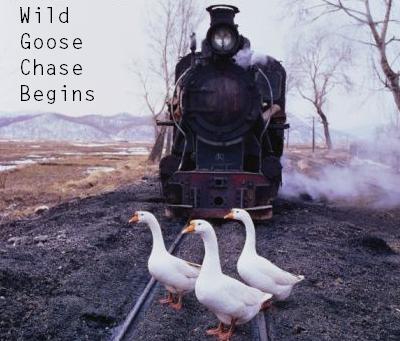
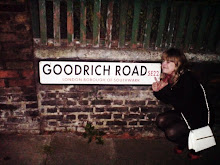
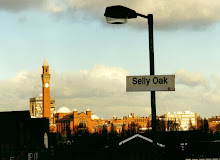

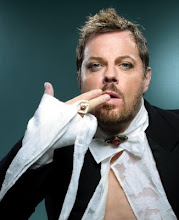











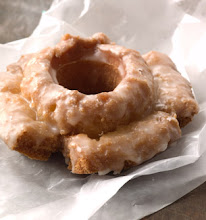
No comments:
Post a Comment